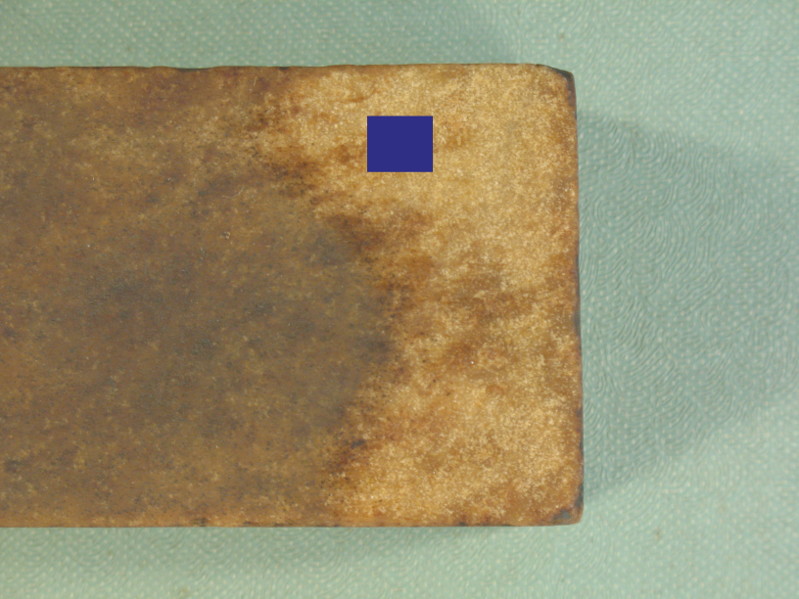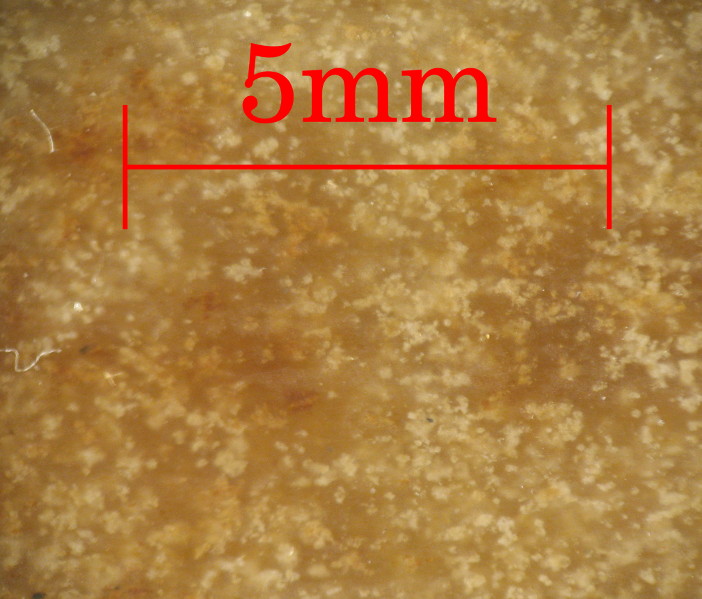In the recent thread where I showed a nice old Salmen's Yellow Lake honing stone I just bought, I said I would store its historic cardboard box and make it a proper wooden one. I got round to it at the weekend, so here are some pictures, to prove it happened.
I started with a bit of mahogany, salvaged from an old, scrapped piano:

planed off the French polish

marked and planed to size


measured to fit the stone centrally


and made the lid the same length

To excavate the space for the stone, I first tried drilling out the waste with a large Forstner bit

followed by chiselling

and levelling with a router plane

This was ok but slow, so for the lid I just chiselled,

and used a more modern router

which worked ok and got me this far


To bevel the top, I marked pencil lines a little way down the edges and along the centre and ends of the top

then planed down the ends

followed by the sides. With a couple of applications of boiled linseed oil, it looks like this


which is good enough for me. All it needs now is some clipped off pins to hold it on the bench, or maybe a little bit of wood across it that can be gripped in the vice.
I started with a bit of mahogany, salvaged from an old, scrapped piano:

planed off the French polish

marked and planed to size


measured to fit the stone centrally


and made the lid the same length

To excavate the space for the stone, I first tried drilling out the waste with a large Forstner bit

followed by chiselling

and levelling with a router plane

This was ok but slow, so for the lid I just chiselled,

and used a more modern router

which worked ok and got me this far


To bevel the top, I marked pencil lines a little way down the edges and along the centre and ends of the top

then planed down the ends

followed by the sides. With a couple of applications of boiled linseed oil, it looks like this


which is good enough for me. All it needs now is some clipped off pins to hold it on the bench, or maybe a little bit of wood across it that can be gripped in the vice.










































